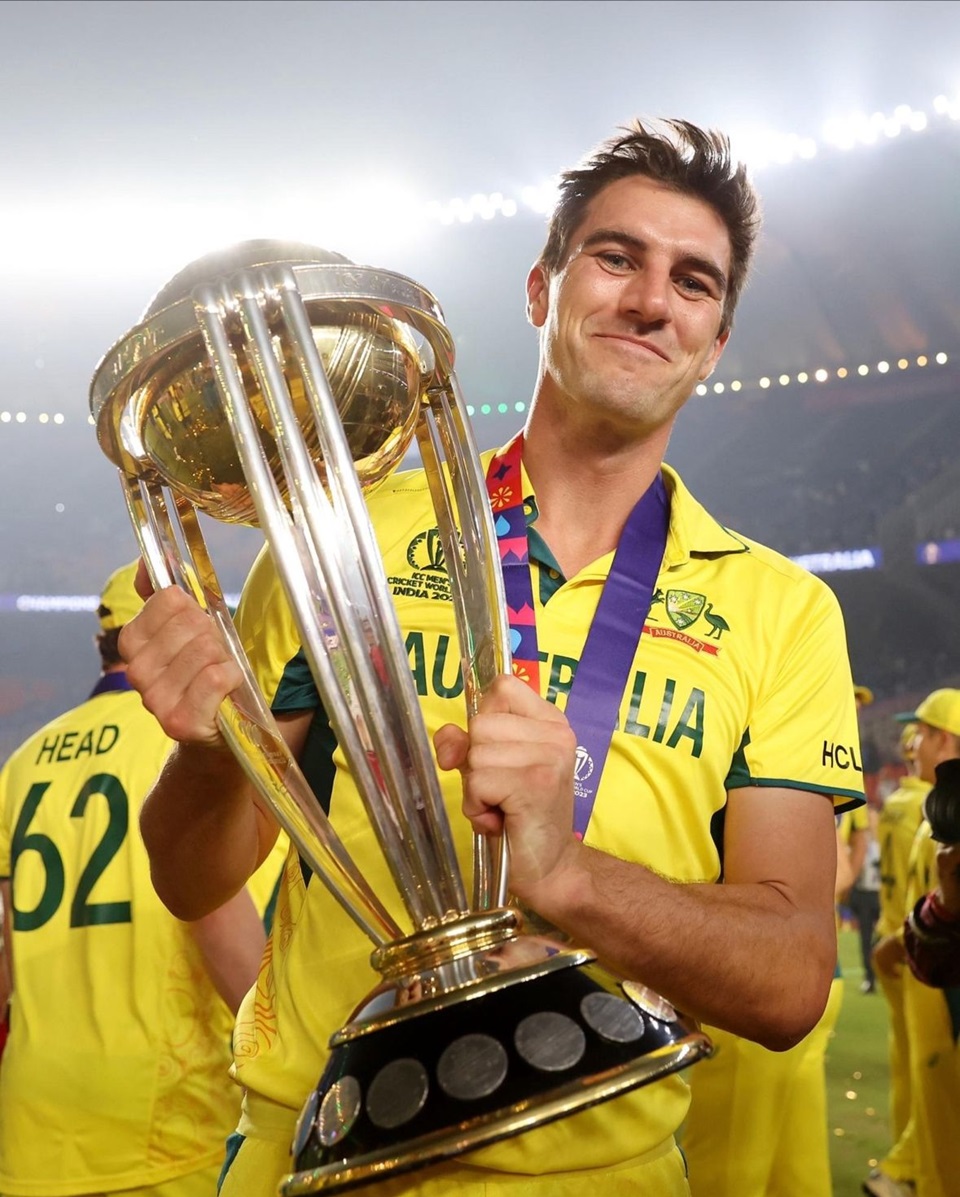last year


Adrian Jones - my best cricket captain

Adrian Jones
Melbourne, Victoria, Australia
4 Likes
0 Followers
0 Followers

Adrian Jones - my best cricket captain
Although I was lucky to play under several excellent captains it would be hard to overlook the man who led our team during an extremely successful era and winning four premierships I was involved in at St Kilda Cricket Club.
Tim O’Sullivan was a terrific manager of ambitious cricketers. He did have a team of considerable talent which included a minimum of 4 state squad members at any one time. Sadly, they were mostly batsmen but that’s ok!
Not all players were playing for Victoria so when they all available to play club cricket Tim was able to manage the team and specifically the batting order so that all the batsmen were given the opportunity to score runs but also maintain a team ethos of playing for each other and also looking to win games of cricket which is what we all craved.
He was a good, clear communicator that ensured that everyone was on the same page going into a match but also that he would be the decision maker of how the team played.
He was also a thorough listener….and he needed to be!
He would often receive ideas and advice from players of significant experience within the playing group and he would need to weed out certain pieces of advice that may have had ‘self-interest’ attached or were too negative and not taking a team forward to get better, even by the smallest of percentages.
And despite being able to manage all these situations Tim was at his best on the field in the heat of battle usually when the circumstances were at their most challenging.
He scored a match winning century in tough conditions against Hawthorn-Waverley CC in a semi-final when no other batsman could even slightly look settled at the crease. Despite poor weather he also encountered a change to the playing conditions with play being held up on occasions that may have caused him to take risks too great to try and boost the run rate. That innings stood out clearly during that game and lead us to the first of four premierships the following week.
Read More






































